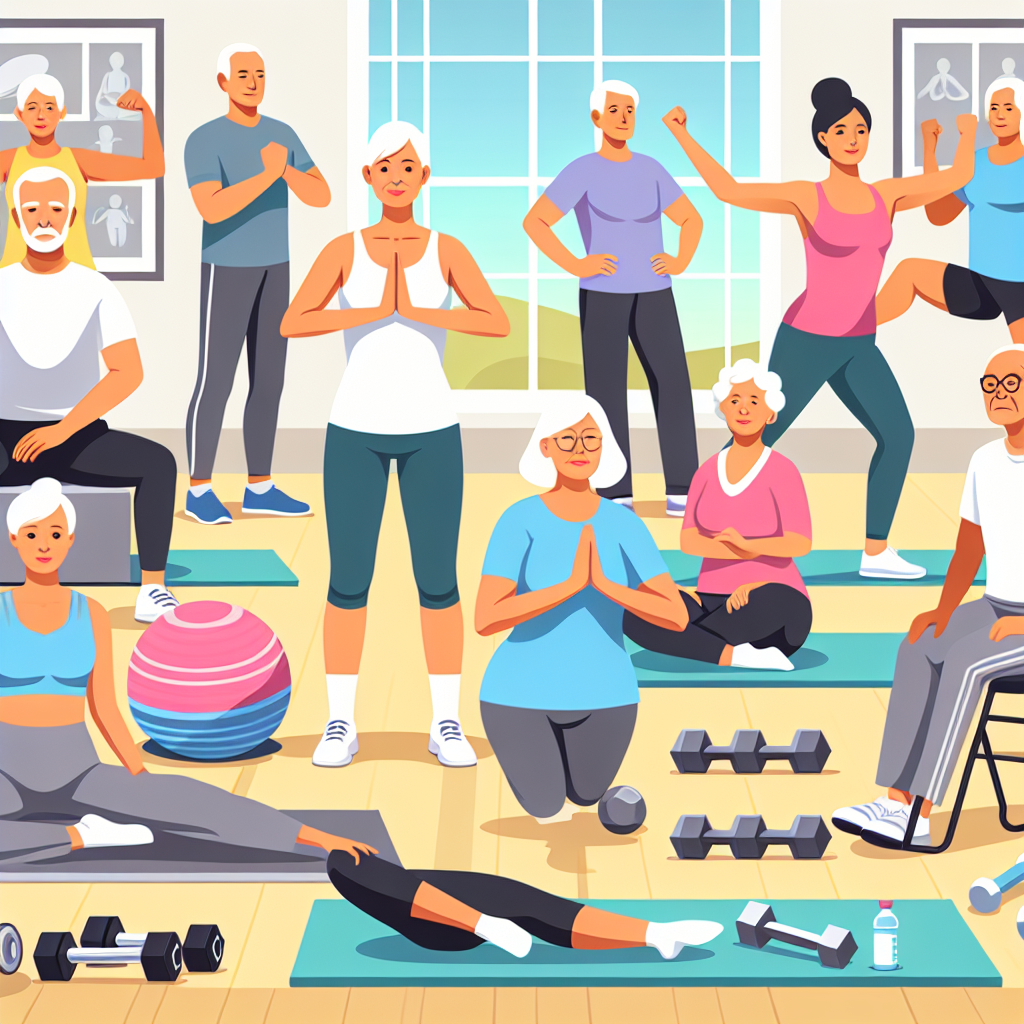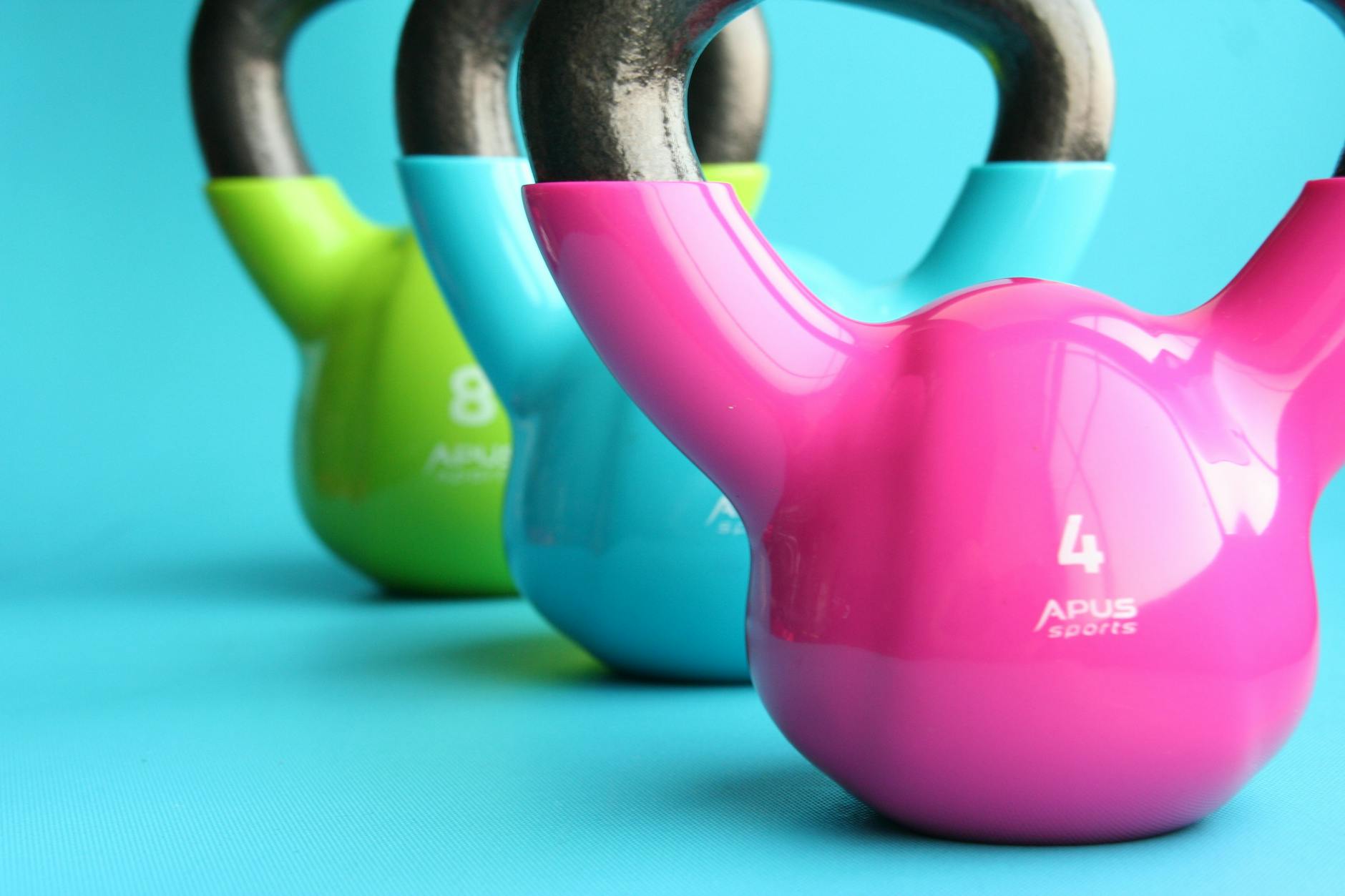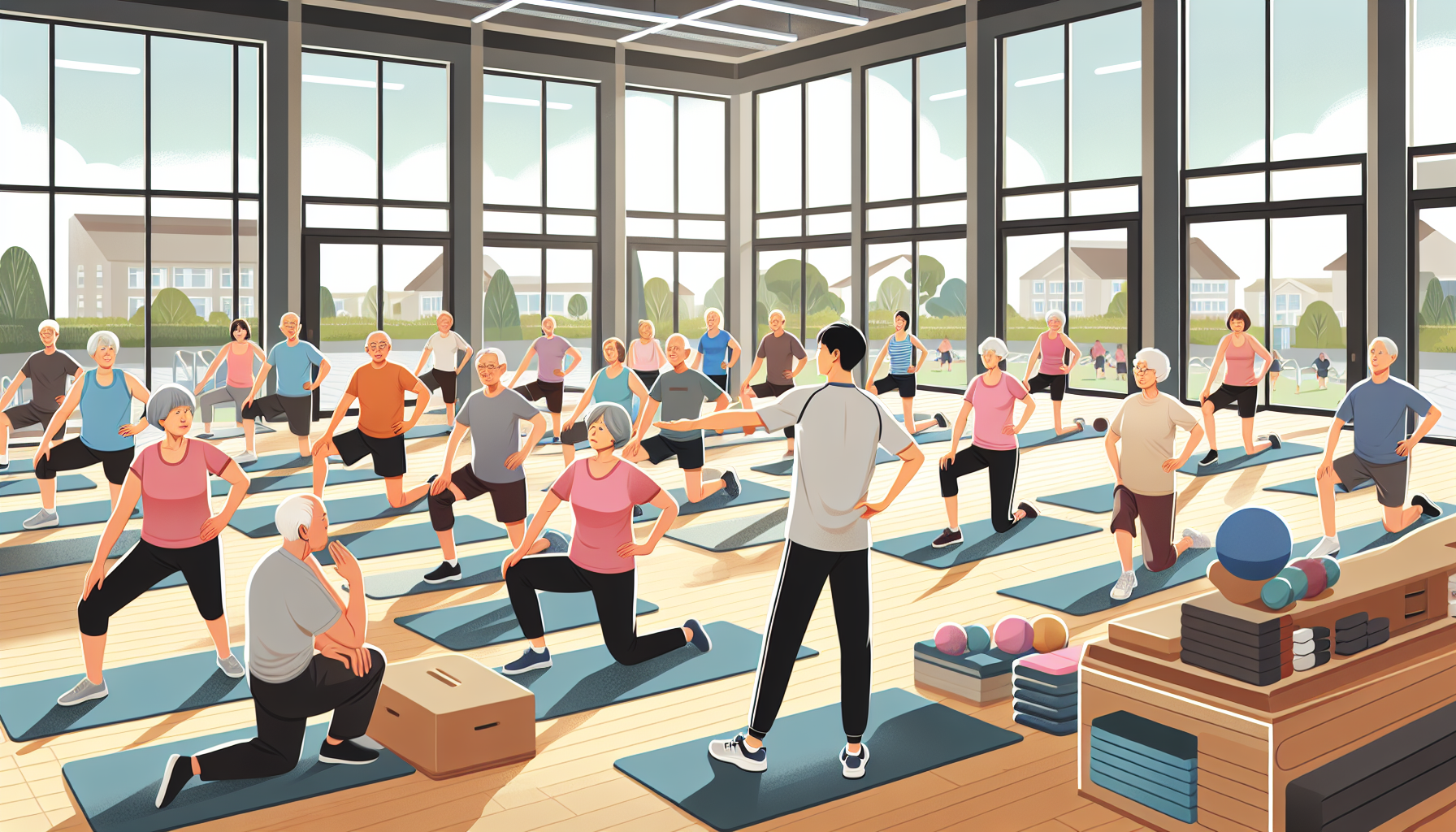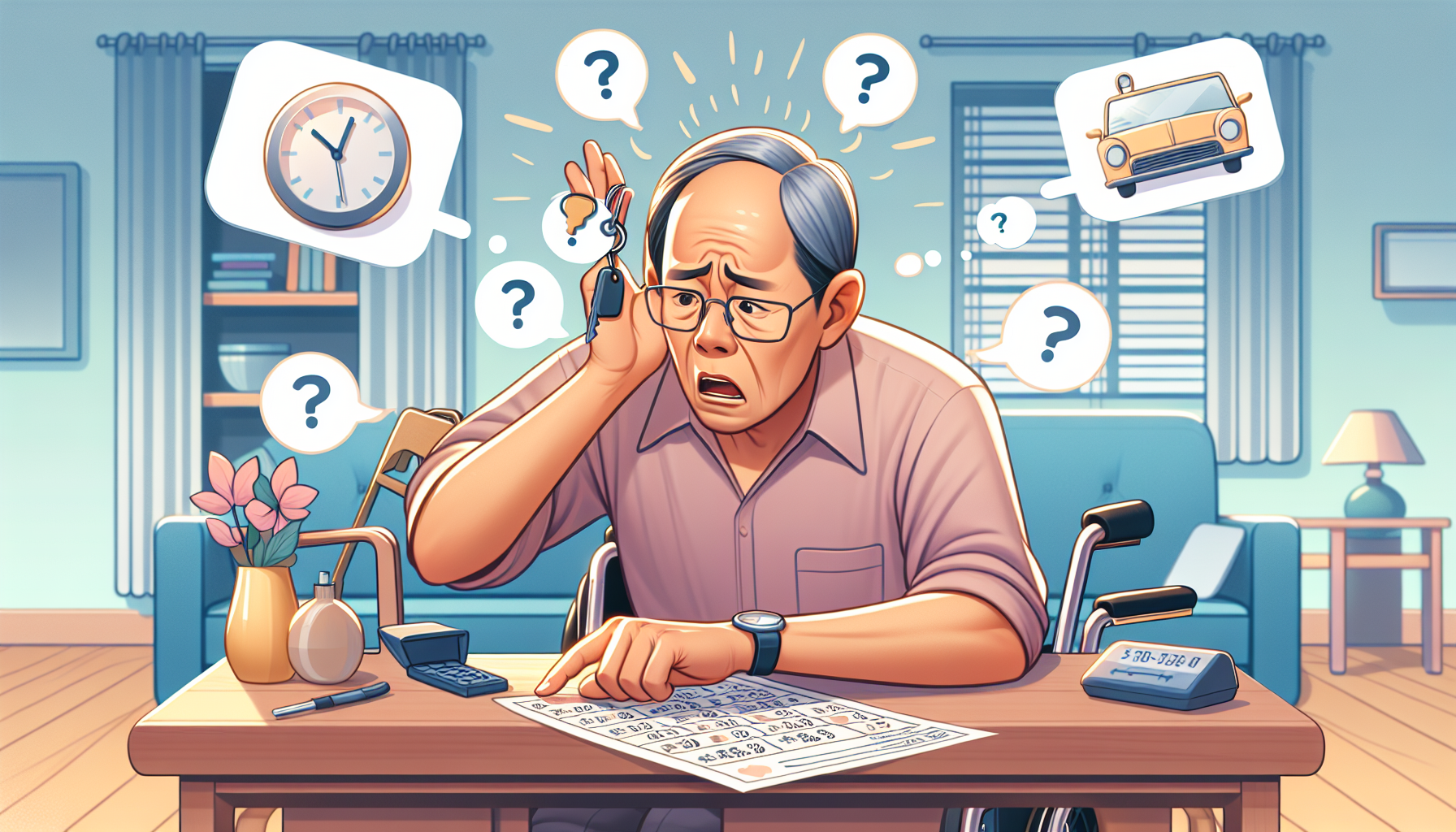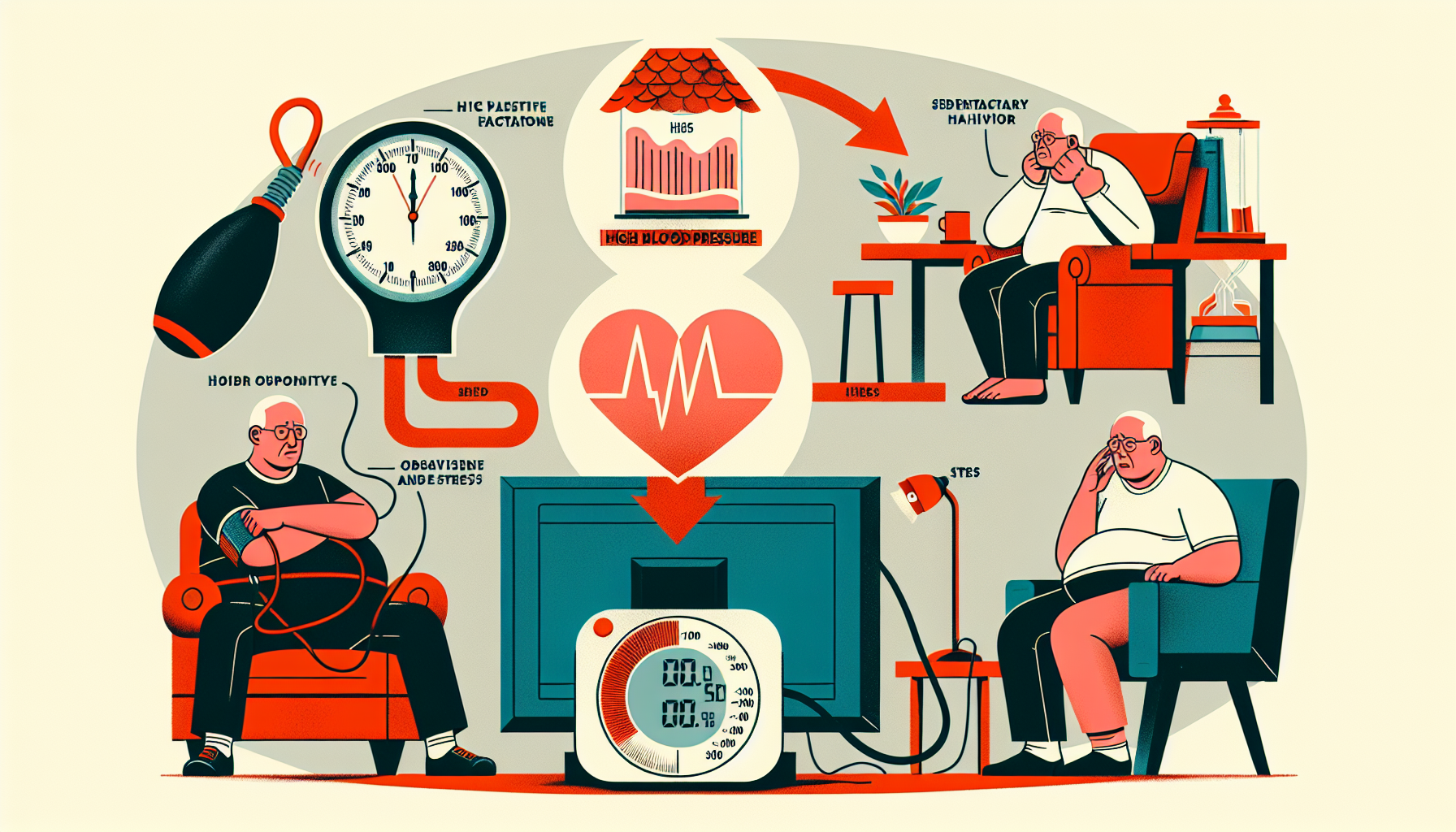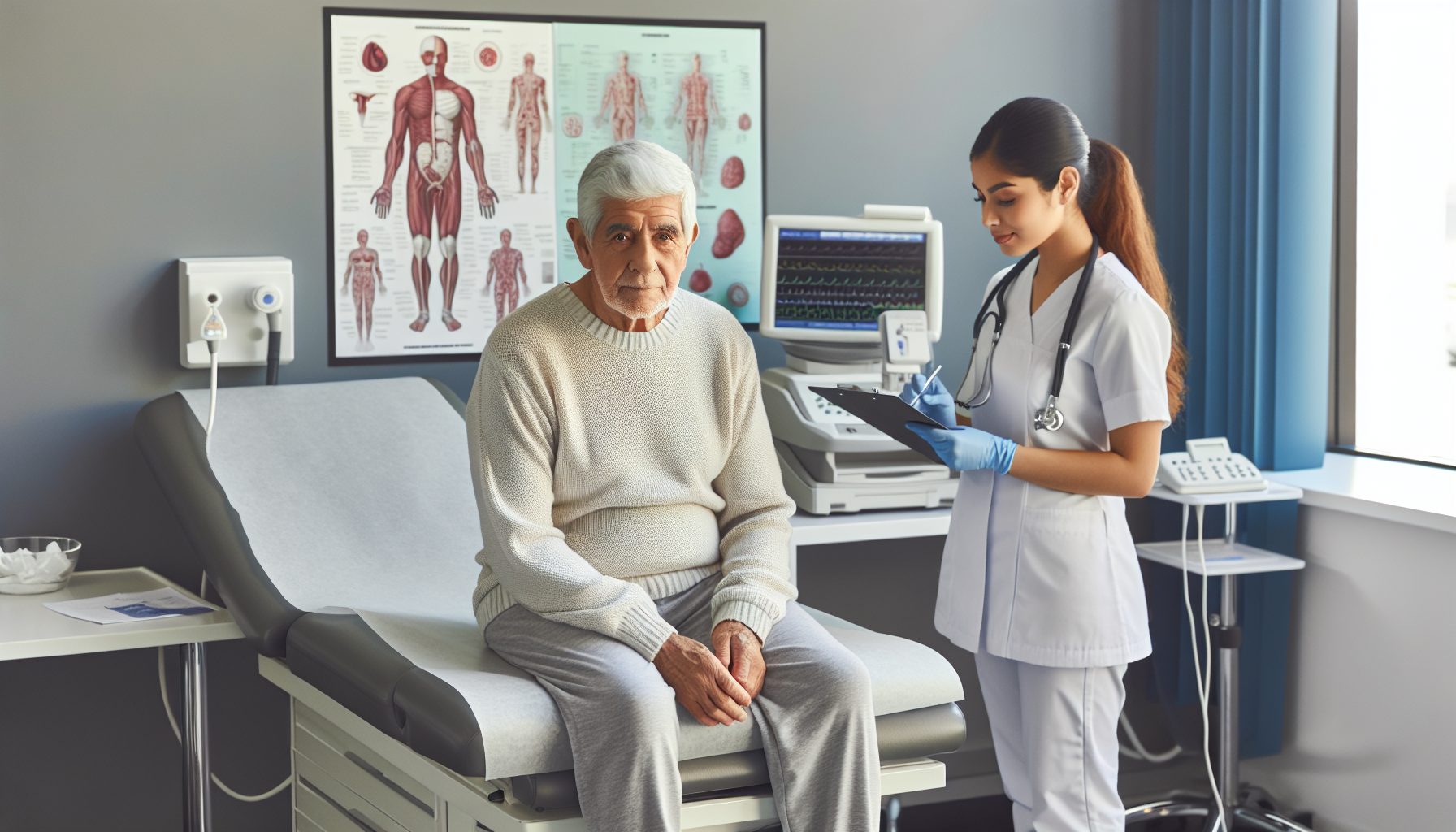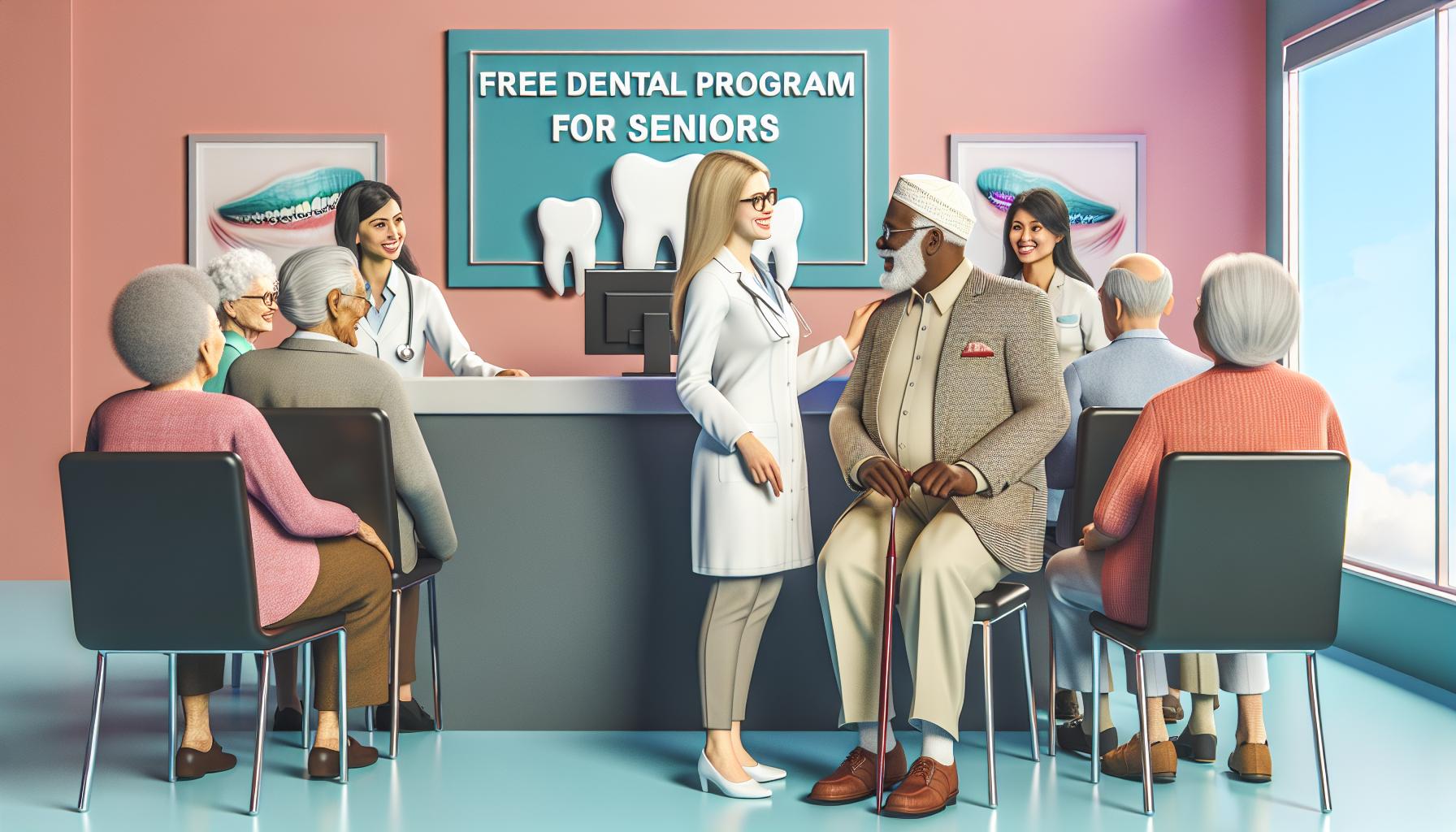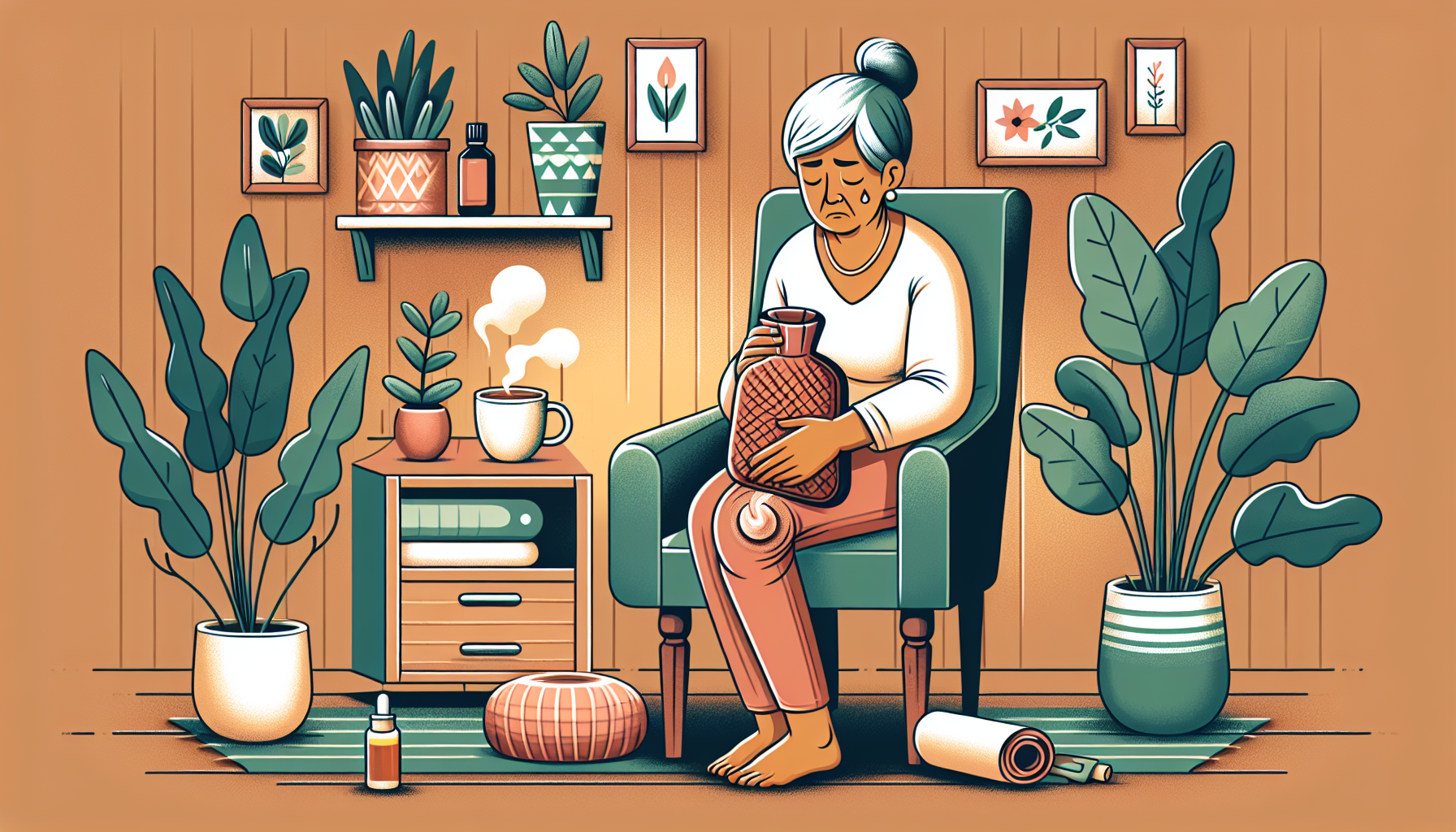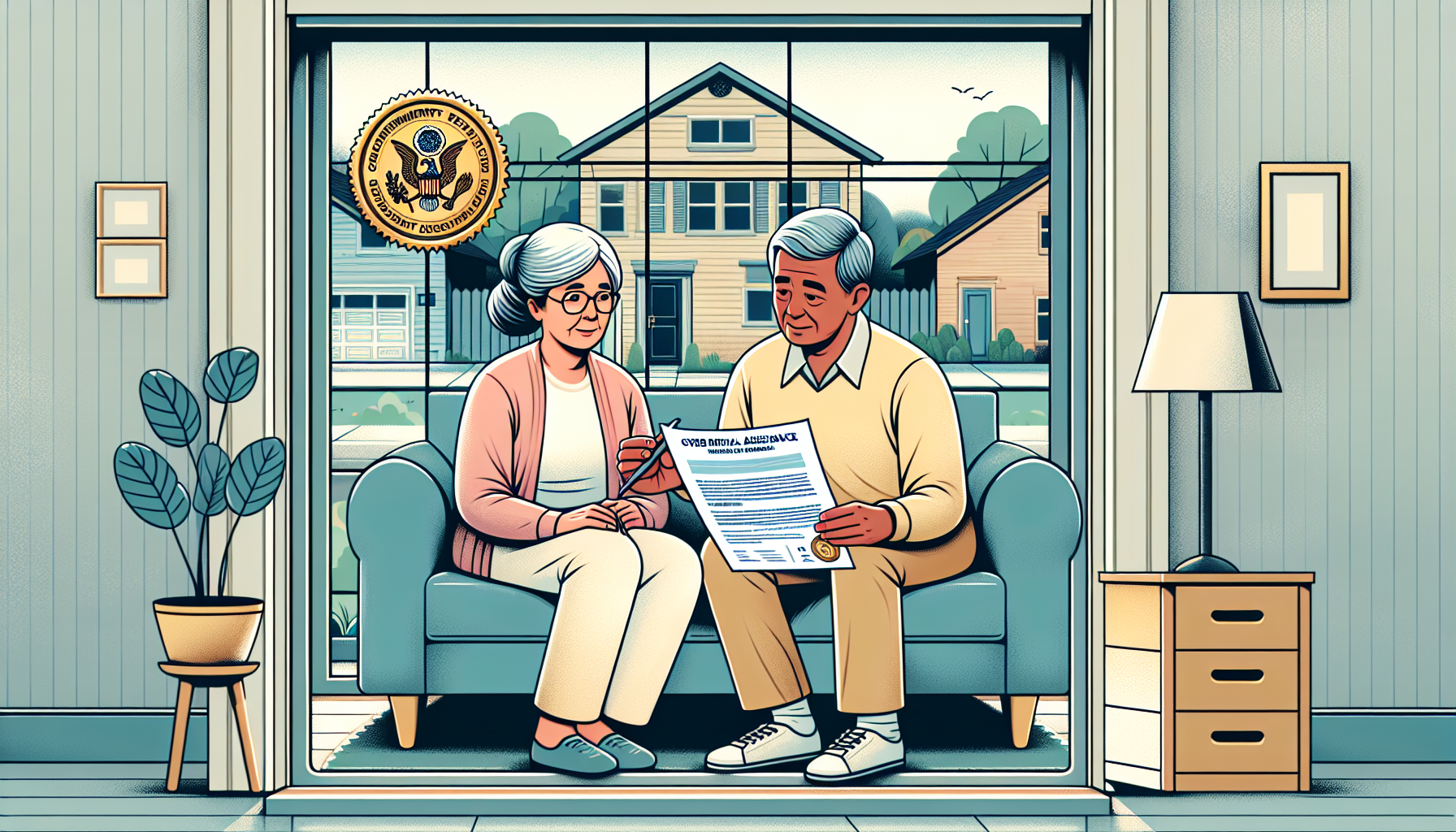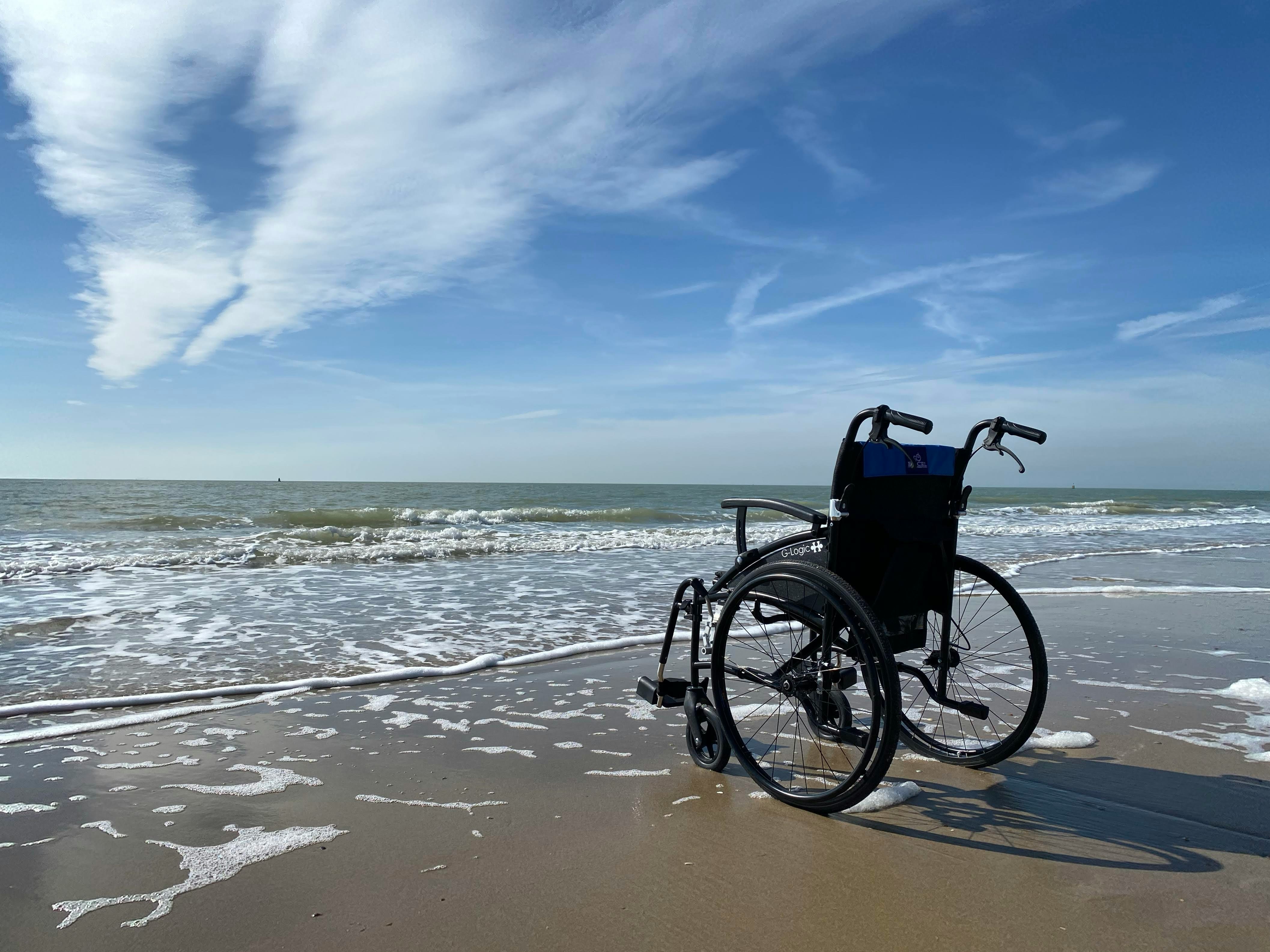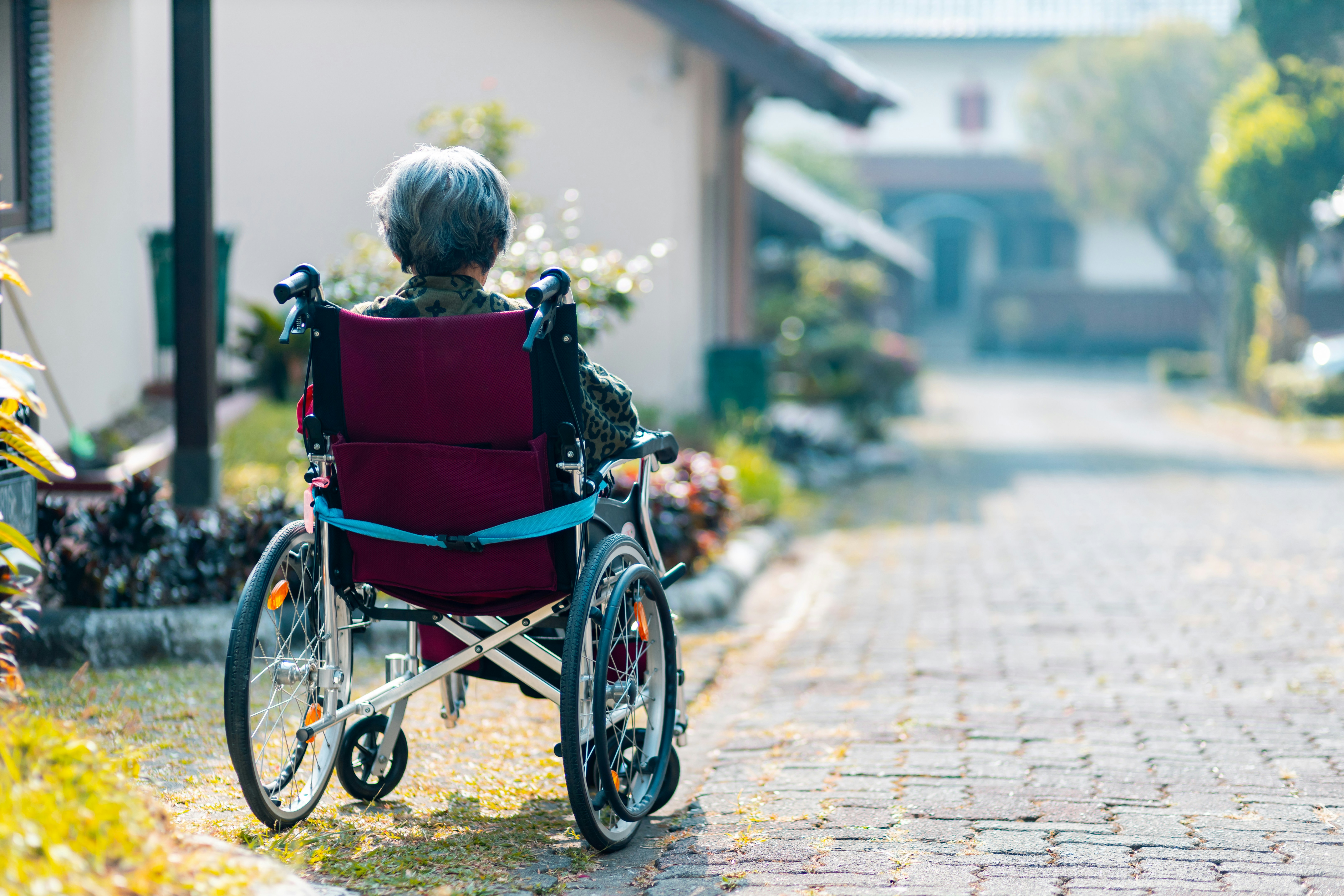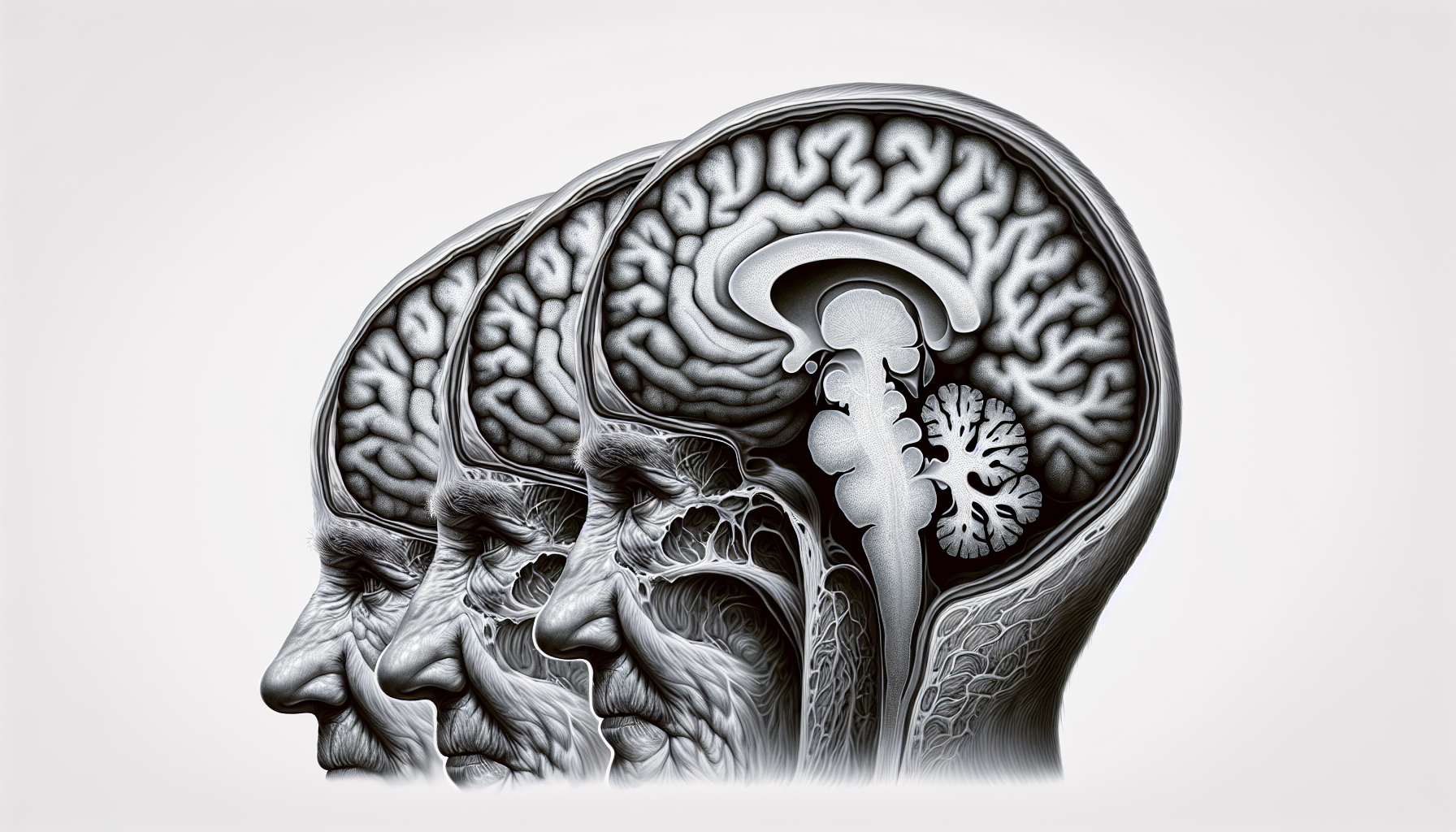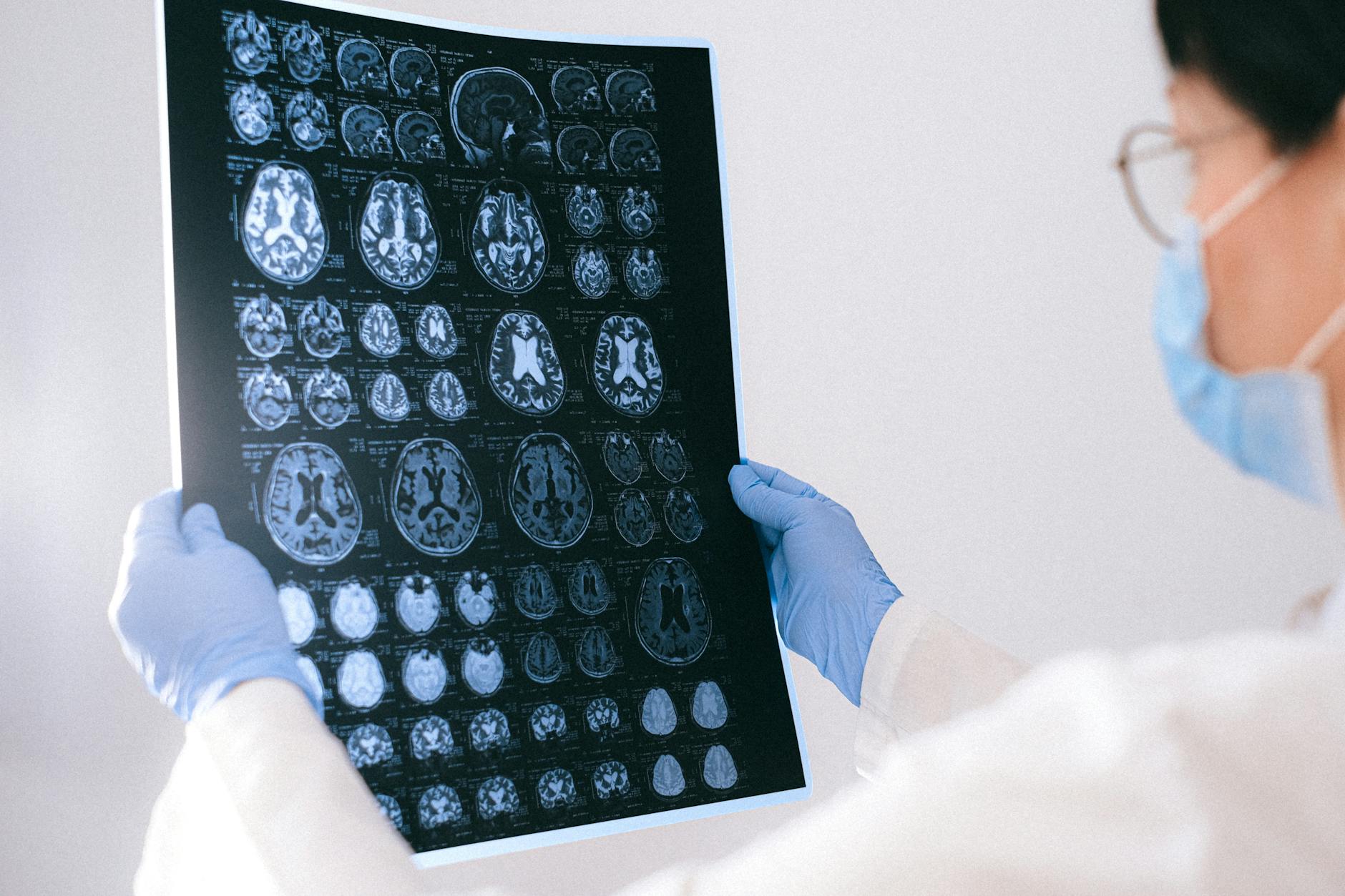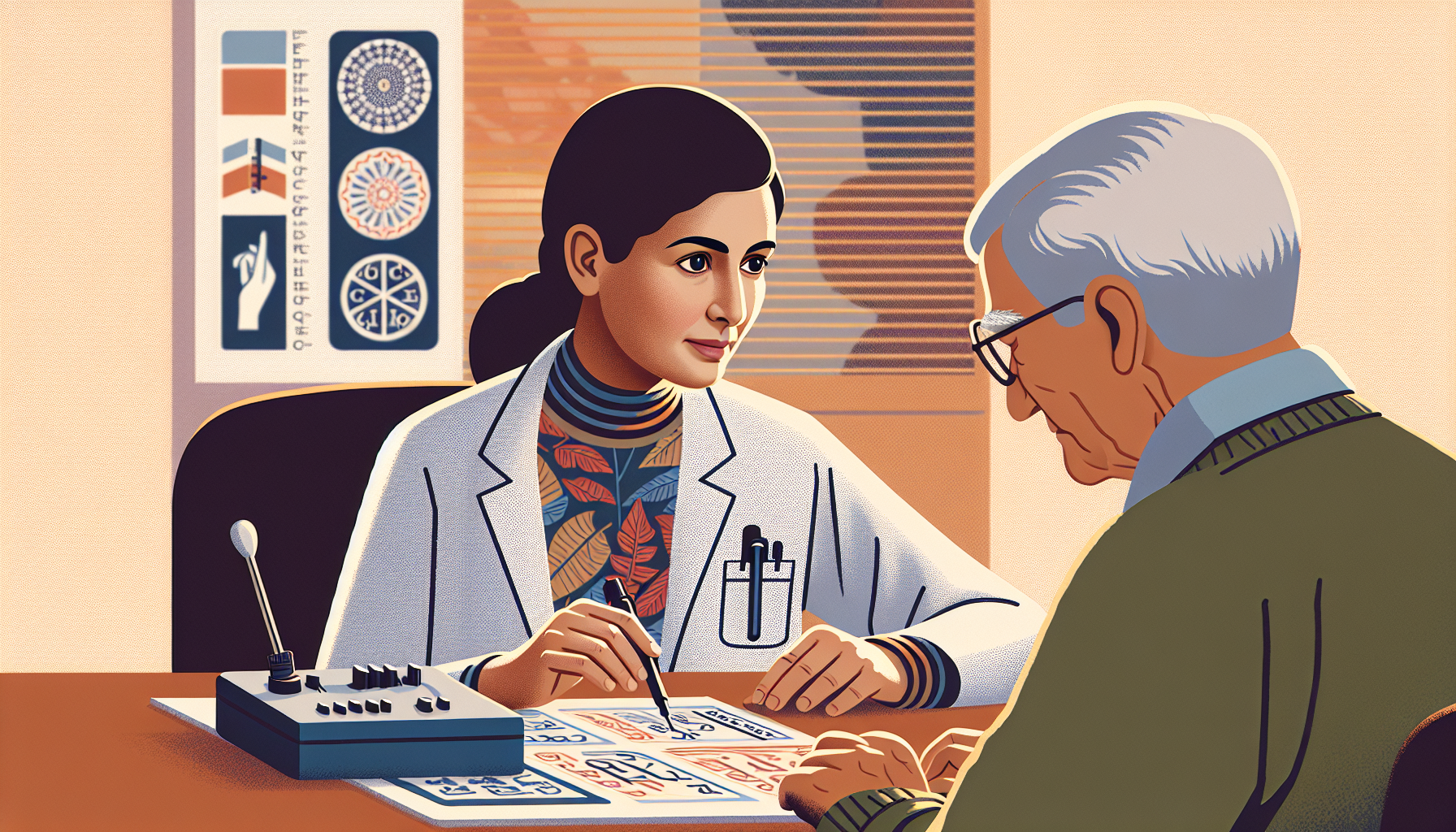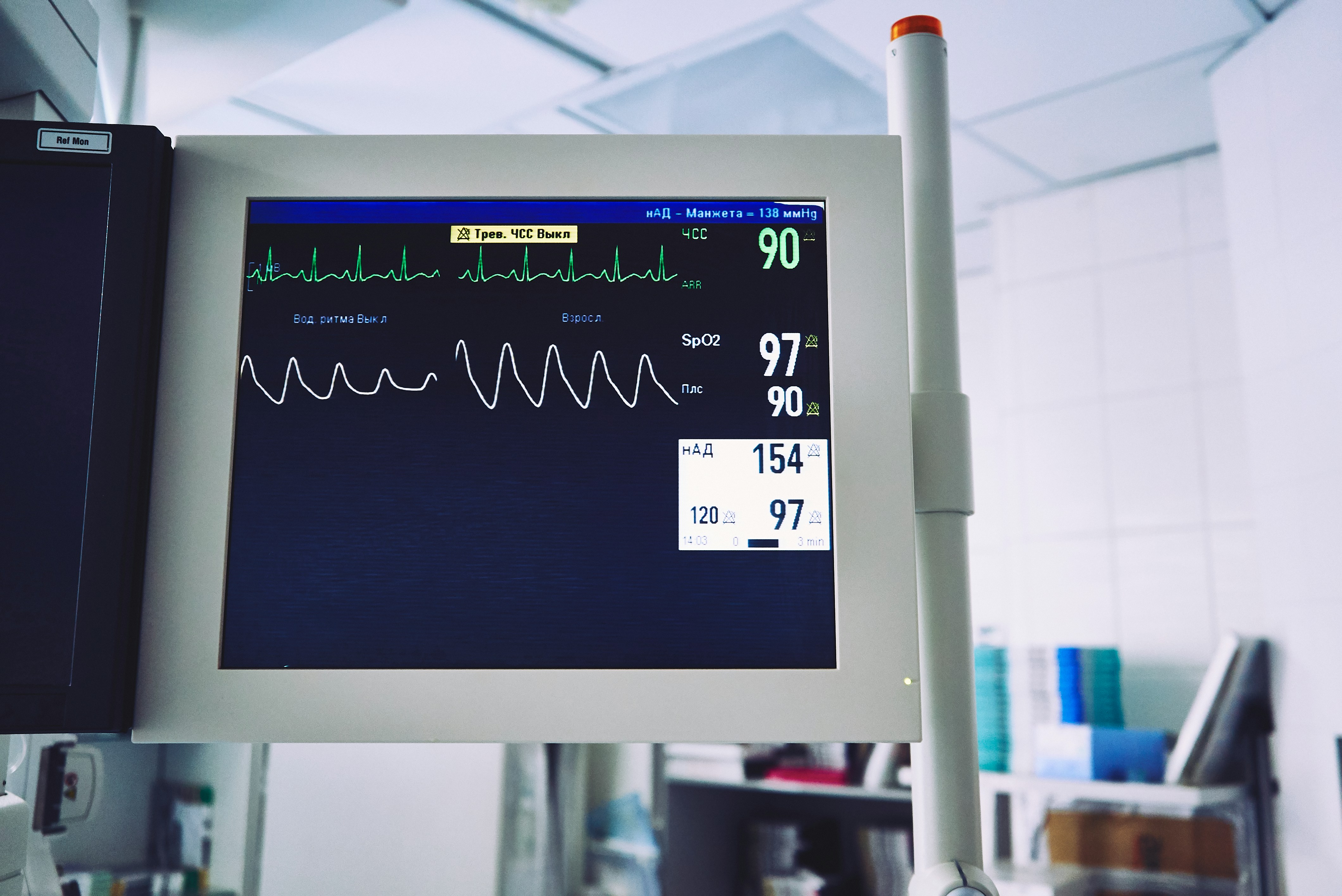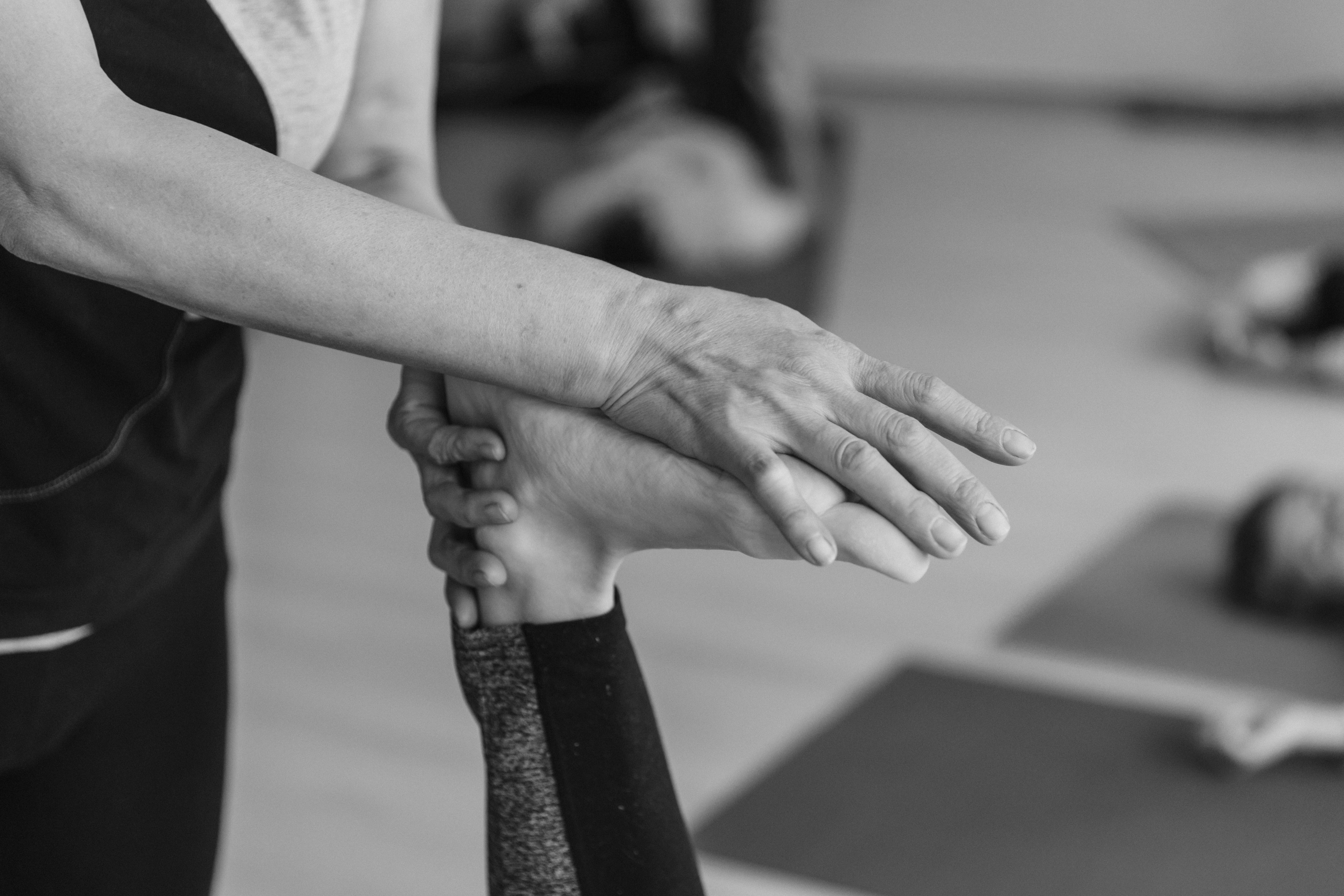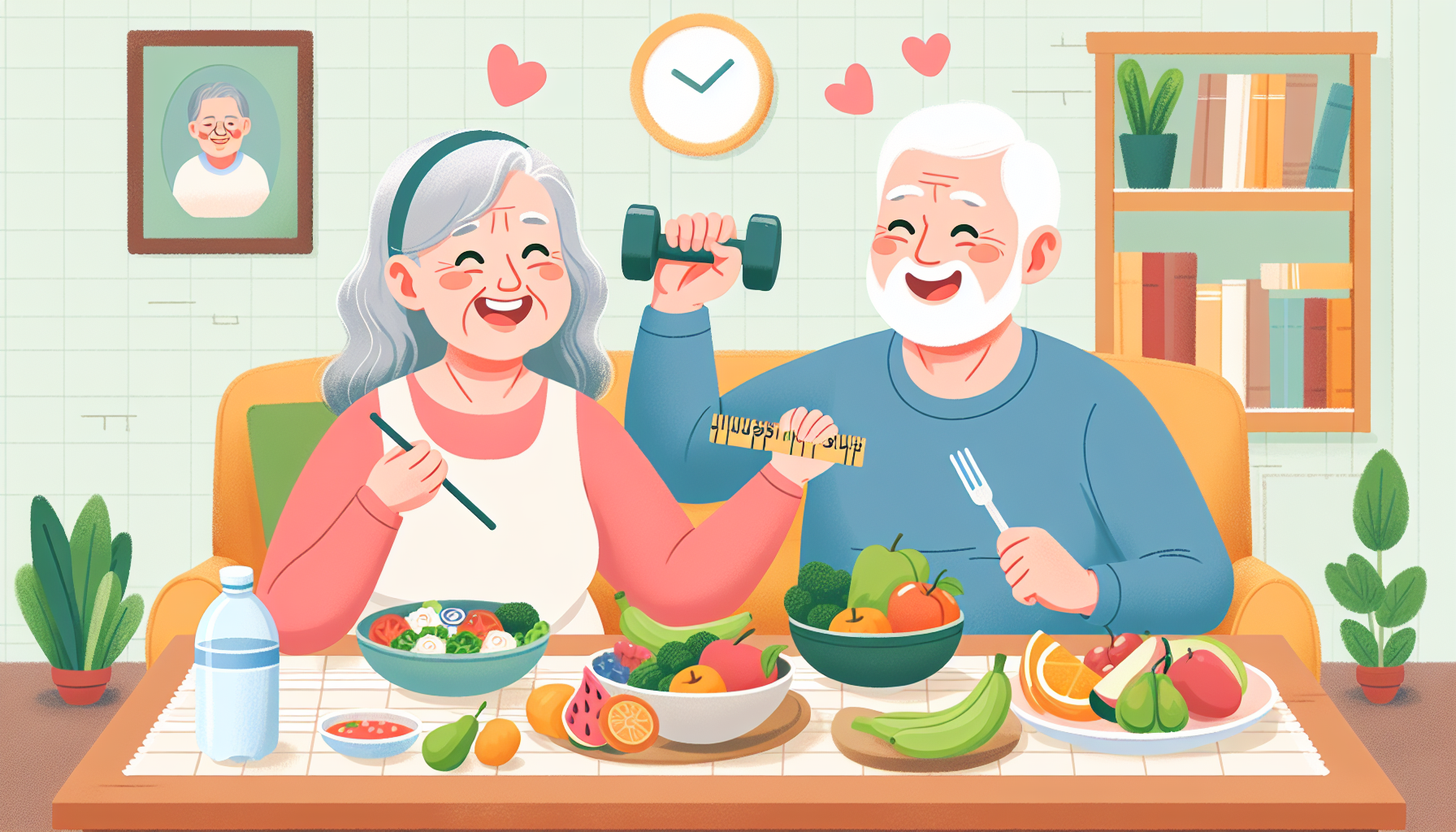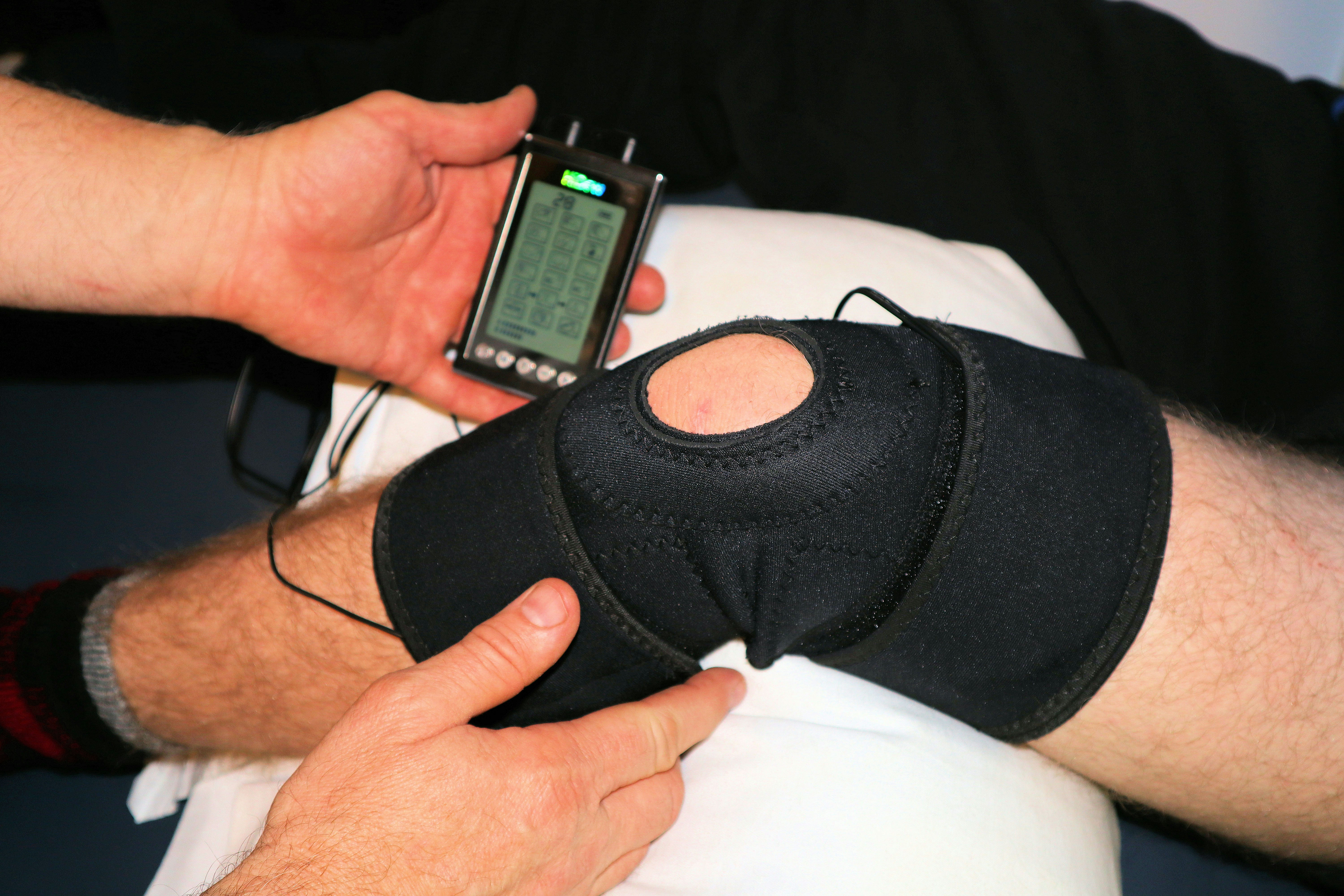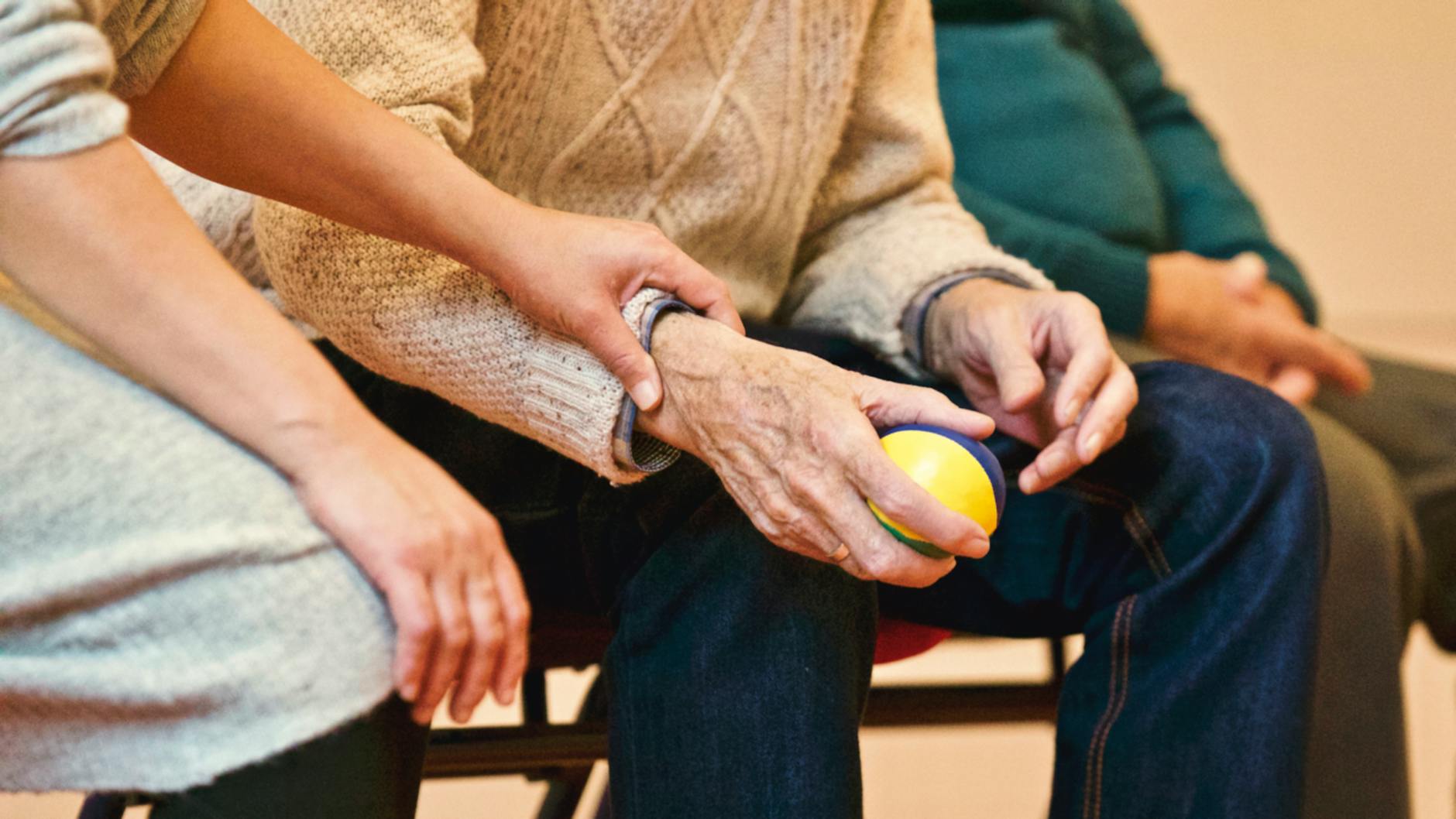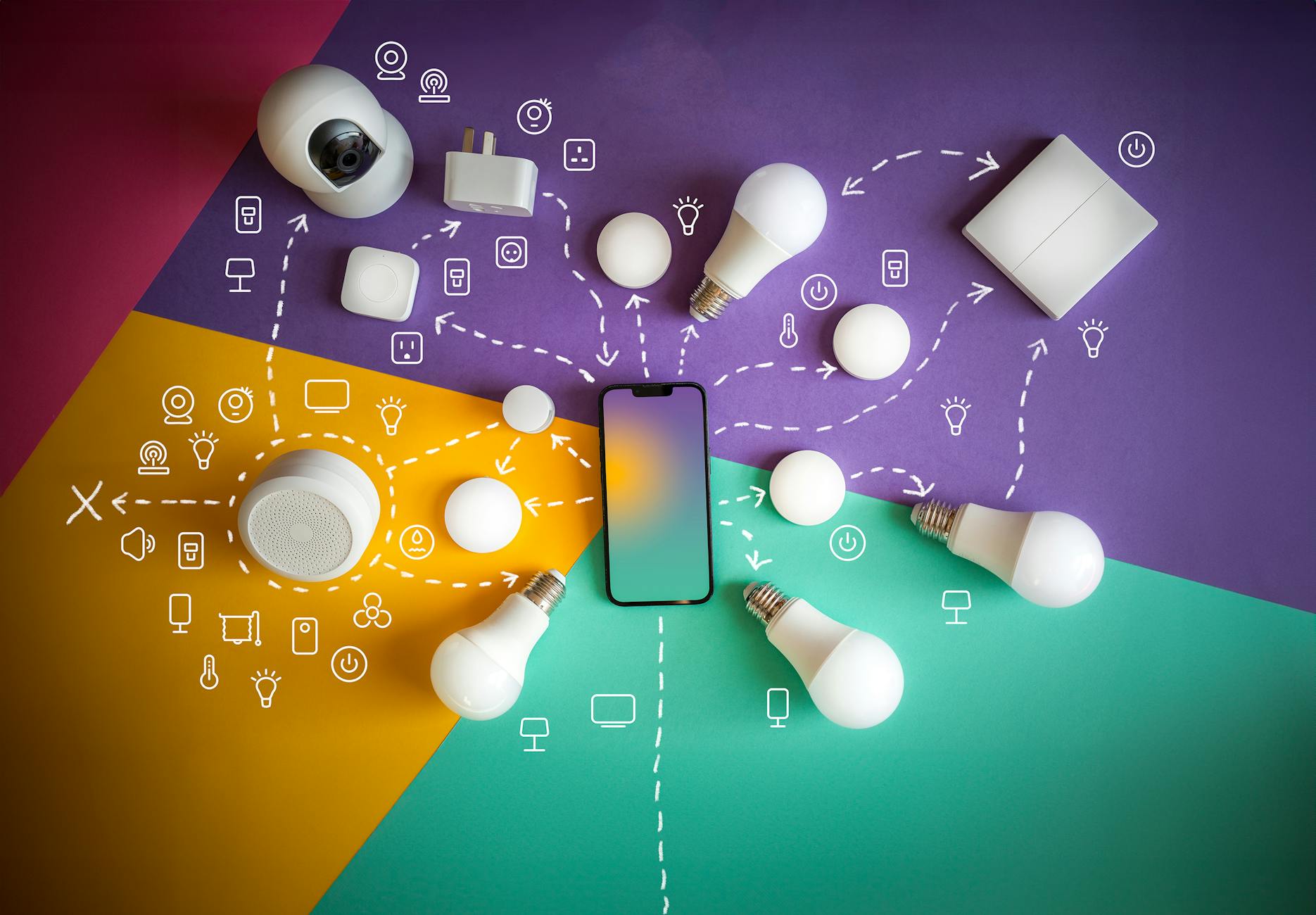Empowering Home Care Clients Through Education
Providing effective home care services comes with its fair share of challenges.

Home Care Challenges
Challenges can hinder the delivery of quality care and impact the overall experience of both caregivers and senior patients. The key challenges in home care include infrastructural challenges, economic obstacles, and educational gaps
Infrastructural Challenges
Infrastructural challenges encompass various aspects of home care services provision. These challenges include the acculturalization of home care services, economic challenges, human resource issues, and the development of policies and regulations for home care PubMed Central.
One critical aspect of infrastructural challenges is the lack of access to medical equipment and technology in home care settings. The absence of necessary medical equipment can hinder the provision of comprehensive care. Additionally, the limited availability of technology, such as telemedicine, can impede the effectiveness and efficiency of home care services PubMed Central.
Economic Obstacles
Economic challenges pose a significant hurdle to the development of home care services. In certain regions, home care services are not typically covered by health insurance, leading to high costs that limit access to these services. This can result in the provision of non-standard, low-cost services.
The financial burden of home care can create barriers for both caregivers and senior patients, potentially impacting the quality and availability of care. Addressing these economic obstacles is crucial for ensuring equitable access to home care services.
Educational Gaps
Another significant challenge in home care is the lack of specialized training and educational gaps. Home care services are often overlooked in academic and public health education programs, leading to limited knowledge and understanding among healthcare professionals about home care. This knowledge gap can affect the quality and effectiveness of care provided.
Enhancing educational opportunities and raising awareness about home care are essential in addressing these gaps. By providing comprehensive training and education for both caregivers and healthcare professionals, the overall quality of home care can be elevated, leading to improved outcomes for senior patients.
Understanding and addressing these home care challenges is vital for empowering home care clients and enhancing their overall experience. By recognizing and working towards solutions for infrastructural challenges, economic obstacles, and educational gaps, the home care industry can continue to evolve and provide high-quality care to those in need.
Importance of Patient Education
Patient education plays a crucial role in empowering home care clients and enhancing their overall experience. By providing comprehensive education, utilizing technology, and emphasizing the benefits of patient education, caregivers can help clients take an active role in their own health and well-being.
Benefits of Patient Education
Patient education has numerous benefits when it comes to improving health outcomes and overall quality of life. Studies have shown that interventions focused on self-care and patient education have led to documented improvements in self-efficacy, resulting in better health outcomes for various conditions such as diabetes, coronary heart disease, heart failure, and rheumatoid arthritis [1]. By addressing behaviors such as tobacco use, poor diet, lack of physical exercise, and alcohol consumption, patient education can help reverse negative health trends and prevent chronic diseases.
One of the key benefits of patient education is that it promotes health literacy. Health literacy refers to the capacity to seek, understand, and act on health information. When patients are equipped with the knowledge and skills to understand their health conditions, they can effectively communicate with healthcare providers, make informed decisions, and actively participate in their own care. This can lead to improved health outcomes and reduced morbidity and mortality from preventable chronic diseases.
Ensuring Comprehensive Education
Comprehensive patient education is essential for empowering home care clients. It should cover various aspects of their health, including their specific condition, treatment options, medication management, lifestyle modifications, and self-care practices. Education should be tailored to the individual needs and preferences of each client, taking into account their cultural background, language proficiency, and cognitive abilities.
To ensure comprehensive education, caregivers should use a variety of teaching modalities. This can include verbal explanations, written materials, visual aids, videos, and interactive technology. By utilizing different approaches, caregivers can cater to different learning styles and enhance understanding and retention of information.
Utilizing Technology
Technology can greatly enhance patient education and engagement. Online resources, mobile applications, and interactive platforms provide convenient access to information and allow clients to actively participate in their own care. Caregivers can utilize technology to share educational materials, provide reminders for medication schedules, and monitor client progress.
Additionally, technology can facilitate communication between caregivers and clients, allowing for timely and personalized support. Virtual consultations, telehealth services, and remote monitoring enable caregivers to provide ongoing education and support, regardless of physical distance.
By leveraging technology, caregivers can ensure that clients have access to educational resources at their fingertips, ultimately empowering them to take charge of their health and well-being.
By emphasizing the benefits of patient education, ensuring comprehensive education, and utilizing technology, caregivers can empower home care clients and elevate their overall experience. Equipped with knowledge and skills, clients can actively participate in their care, make informed decisions, and achieve better health outcomes.
Strategies for Effective Patient Education
To ensure that patient education is successful and empowering, it is important to implement various strategies that cater to the individual needs of each patient. Customized educational resources, various teaching modalities, and establishing rapport are key components of an effective patient education program.
Customized Educational Resources
Patient education has been revolutionized by technology, making educational resources more accessible and customizable. Healthcare providers can now create personalized educational materials with ease, addressing the specific needs and concerns of each patient. These resources can be printed out or shared digitally, allowing patients to review and reference the information at their convenience.
Furthermore, it is crucial to consider the diverse linguistic needs of patients. Providing educational materials in multiple languages ensures that language barriers do not hinder understanding and engagement.
Various Teaching Modalities
Patients have different learning styles, so utilizing various teaching modalities is essential to reinforce the educational content. Some patients may prefer visual learning, such as watching instructional videos or animations, while others may prefer written materials. Hands-on demonstrations, where patients actively participate under the guidance of healthcare professionals, can be particularly effective in facilitating learning.
By tailoring the teaching modality to each patient's preferred style, healthcare providers can enhance comprehension and retention of the educational information, ultimately empowering patients to take charge of their own health.
Establishing Rapport
Establishing rapport is crucial in patient education. Creating a comfortable and trusting environment encourages open communication and helps patients feel more comfortable asking questions and expressing concerns. Taking the time to listen actively and empathetically to patients' needs and preferences can greatly enhance the effectiveness of the educational process.
Additionally, involving family members in patient education can be highly beneficial. Engaging family members allows for a support system that can reinforce the educational content and improve adherence to instructions [2]. It is important to consider the specific concerns and preferences of both the patient and their family members when delivering education.
By implementing these strategies for effective patient education, healthcare providers can empower their patients to actively participate in their own care, leading to better health outcomes and improved overall well-being.
Promoting Senior Health at Home
Ensuring the health and well-being of senior individuals receiving home care is a top priority. Promoting senior health requires a holistic approach that includes physical activity programs, co-learning with home care aides, and the implementation of partnerships.
Safe Physical Activity Program
Implementing a safe physical activity program can significantly contribute to the overall health and well-being of seniors receiving home care. A pilot project called "Promoting Seniors’ Health with Home Care Aides" has been conducted to develop and deliver such a program. This program, known as Healthy Moves for Aging Well (HM), is designed to enhance the activity level of nursing home-eligible older Medicaid clients.
The HM program involves motivational enhancement techniques and three chair-bound movements that are specifically targeted to home care clients with 2-4 daily activity limitations. By engaging in regular physical activity, seniors can improve their mobility, strength, and overall quality of life.
Co-Learning with Home Care Aides
In the aforementioned pilot project, an innovative approach was taken to promote senior health. The project involved co-learning between home care aides (HCAs) and their clients. HCAs were trained on how to enhance clients' motivation for increasing physical activity and taught exercises, while clients became aware of the importance of physical activity and learned to perform the exercises regularly.
This co-learning process created a mutually beneficial dynamic, allowing both HCAs and clients to learn from each other. HCAs gained knowledge and skills to better support their clients' physical activity goals, while clients received personalized guidance and motivation to engage in regular exercise.
Implementation and Partnerships
Implementing a successful senior health program requires collaboration and partnerships. The pilot project mentioned earlier took place in Chicago as part of the Illinois Department on Aging Community Care Program. Multiple partners were involved in this initiative, including a home care agency, a labor union representing HCAs, the Illinois Department on Aging, and Case Coordination Units (community-based social-service organizations).
By bringing together various stakeholders, these partnerships facilitated the coordination and delivery of the safe physical activity program. Each partner contributed their expertise and resources to ensure the successful implementation of the program. Collaboration among different organizations and agencies is essential to provide comprehensive and effective senior care at home.
In conclusion, promoting senior health at home involves the implementation of a safe physical activity program, co-learning between home care aides and clients, and the establishment of partnerships. By combining these strategies, caregivers can empower senior individuals to maintain their health and well-being while receiving home care services.
Professional Development in Homecare
In the field of homecare, professional development plays a significant role in empowering caregivers and enhancing the overall quality of care provided. Through continuous learning and skill development, homecare workers can stay updated on the latest advancements in medical treatments, caregiving techniques, and technologies, enabling them to offer specialized care and effectively utilize assistive technologies.
Continuous Learning Benefits
Engaging in continuous education and professional development allows homecare workers to acquire new knowledge and skills. This ongoing learning process empowers them to understand various health conditions, provide specialized medical treatments, and adapt to evolving best practices. By staying informed about the latest advancements, homecare workers can offer high-quality care that meets the unique needs of their clients.
Soft Skills Development
Professional development in homecare also focuses on the development of soft skills. Effective communication, empathy, and patience are crucial qualities that foster trusting and supportive relationships between caregivers and clients. By honing these skills, homecare workers can establish rapport, understand the emotional needs of their clients, and provide compassionate care that enhances overall well-being.
Job Satisfaction and Career Progression
Homecare workers who actively engage in continuous learning and professional development often experience increased job satisfaction. Acquiring new knowledge and skills not only boosts their confidence but also provides opportunities for career progression within the sector. With enhanced expertise, caregivers may be eligible for promotions and more responsibilities, allowing them to make a greater impact in their roles.
Investing in professional development not only benefits individual caregivers but also contributes to the overall enhancement of healthcare services within communities. Through ongoing education, homecare workers can handle diverse situations effectively, anticipate clients' needs, and deliver evidence-based, high-quality care that surpasses expectations [4].
By recognizing the importance of continuous learning and professional development, the homecare industry can ensure that caregivers are equipped with the necessary knowledge and skills to provide exceptional care to their clients. This commitment to ongoing education contributes to the overall improvement of homecare services and the well-being of those who depend on them.
Healthcare Team Dynamics
In the field of healthcare, effective teamwork and strong communication skills are vital for delivering high-quality care and ensuring positive patient outcomes. This section will explore the importance of effective communication, collaboration and teamwork, as well as work ethic and time management in the context of healthcare team dynamics.
Effective Communication
Effective communication skills are crucial in healthcare settings, as they positively influence a patient's capacity to follow medical recommendations, self-manage chronic conditions, and adopt preventive health behaviors. Patients' perceptions of healthcare quality are highly dependent on the quality of communication with their healthcare providers. Clear and empathetic communication helps build trust, enhances patient satisfaction, and improves overall healthcare outcomes.
Healthcare professionals should strive to communicate in a clear and concise manner, using language that is easily understood by patients and their families. Active listening and empathy are essential components of effective communication, allowing healthcare providers to understand patients' concerns, address their needs, and provide appropriate guidance and support.
Collaboration and Teamwork
Collaboration and teamwork among healthcare workers are associated with better patient outcomes, indicating the importance of being a team player in healthcare professions. Effective collaboration enables healthcare teams to work together seamlessly, share knowledge and expertise, and coordinate care across different disciplines. This interdisciplinary approach ensures that patients receive comprehensive and holistic care.
To foster collaboration and teamwork, healthcare professionals should cultivate a culture of mutual respect, open communication, and shared decision-making. Clear role definitions, effective delegation, and regular team meetings can enhance collaboration and ensure that each team member contributes their unique skills and knowledge to provide optimal care.
Work Ethic and Time Management
Successful healthcare workers need to possess a strong work ethic due to the demanding nature of the field, long hours, and potentially challenging situations they encounter. Work ethic, including professionalism, punctuality, and overall attitude, is crucial in healthcare careers. Upholding high ethical standards, respecting patient confidentiality, and demonstrating integrity are fundamental aspects of a strong work ethic.
Time management is another essential skill for healthcare professionals. In healthcare settings, time is often of the essence, and knowing how to manage it effectively can lead to a more successful career. Prioritizing tasks, organizing workflows, and adapting to changing circumstances are key elements of effective time management in healthcare.
By cultivating effective communication skills, fostering collaboration and teamwork, and demonstrating a strong work ethic with excellent time management, healthcare professionals can contribute to a positive and supportive team dynamic. This ultimately leads to improved patient care, better outcomes, and a more satisfying work environment for all involved.
References
[2]:
[3]:
[4]:
[5]:
[6]:
[7]:




